Commodore VT-VX Feature : How HSV delivered on the performance promise
Glenn Torrens•27 April, 2024
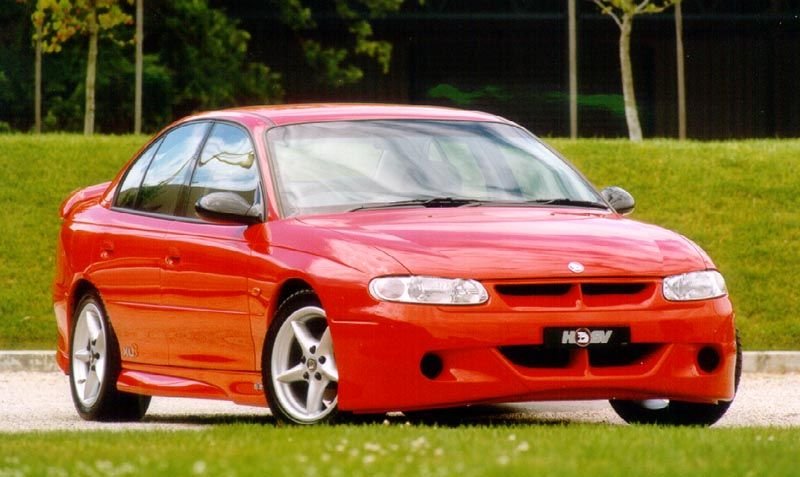
Holden’s VT Commodore of 1997 gave HSV the platform it needed to take its Australian-made performance cars to the next level.
Holden’s 1997 VT Commodore represented a significant lift in features and sophistication versus its predecessor and HSV (Holden Special Vehicles) reacted by boosting the number of models to which it applied its distinctive lion-and-racing-helmet badge.
Newcomers to the VT-based HSV range included the XU6, XU8, an R8 Clubsport spec in addition to the existing ‘Clubbie’, and a Senator Estate (wagon). These new models joined the existing family of HSV Manta, Clubsport and Senator, with the latter now adopting the Senator Signature appellation.
With its partner and part-owner Holden continuing to manufacture its ute and long-wheelbase Statesman on the older VS-based platform, HSV had no choice but to follow suit with its Maloo ute and Statesman-based Grange luxury sedan.
How HSV created its ultimate driver’s cars with the Australian-made 5.7-litre stroker V8 fitted to the GTS and other 220i-powered models.
HSV’s standard and most popular engine in the VT range was the 195i fitted to all models bar the GTS. The 5.0-litre V8 195i boasted power and torque of 195kW and 430Nm.
Positioned as HSV’s ultimate driver’s car, the GTS featured a locally-developed and manufactured 5.7-litre ‘stroker’ V8 engine that developed a handy 220kW/475Nm.
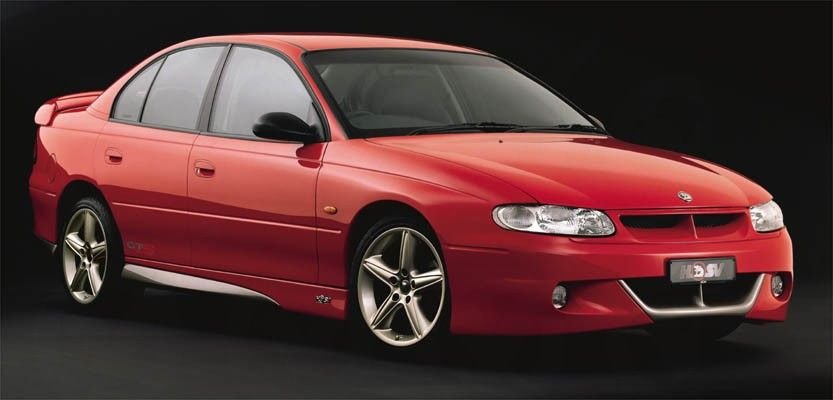
HSV GTS Mk 1
Manual 195i-powered HSV’s sported the same five-speed Getrag gearbox fitted to V8 Holdens, but the more powerful GTS drove through a heavy duty HSV-spec six-speeder.
The premium 5.7-litre 220i engine was optional in the Senator Signature sedan and wagon too, and came packaged with bigger brakes, innovative Australian-made Hydratrak diff, and handsome 18-inch alloy wheels.
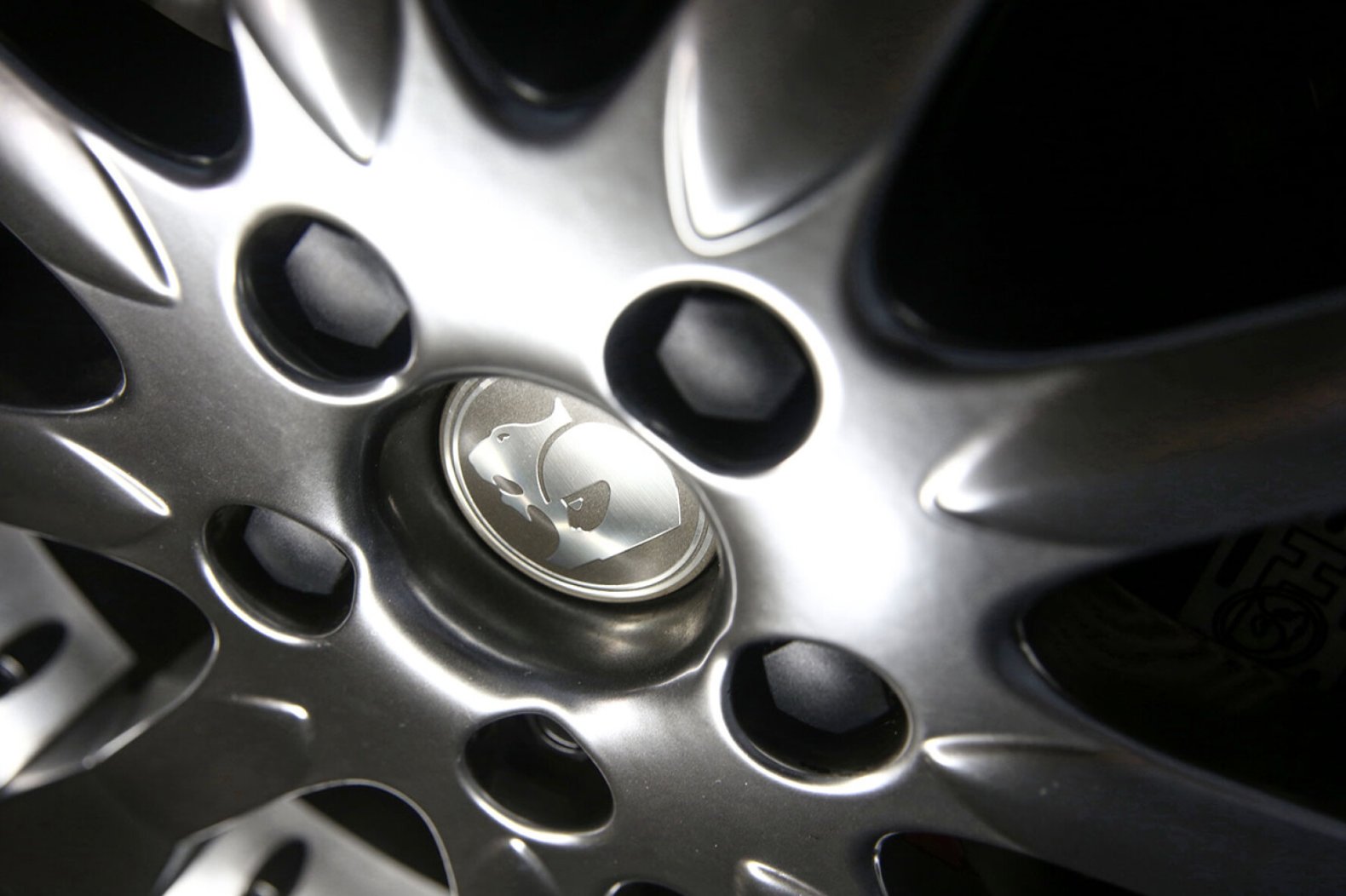
stylish 18" allows
For those buyers wanting more, HSV reserved its ultimate V8 engine, a ‘blueprint’ version of the 220i V8 that required the engine to be disassembled, inspected and rebuilt to exacting tolerances. This unit is arguably most famous for its fitment to the big-winged VS HSV GTS-R of 1996.
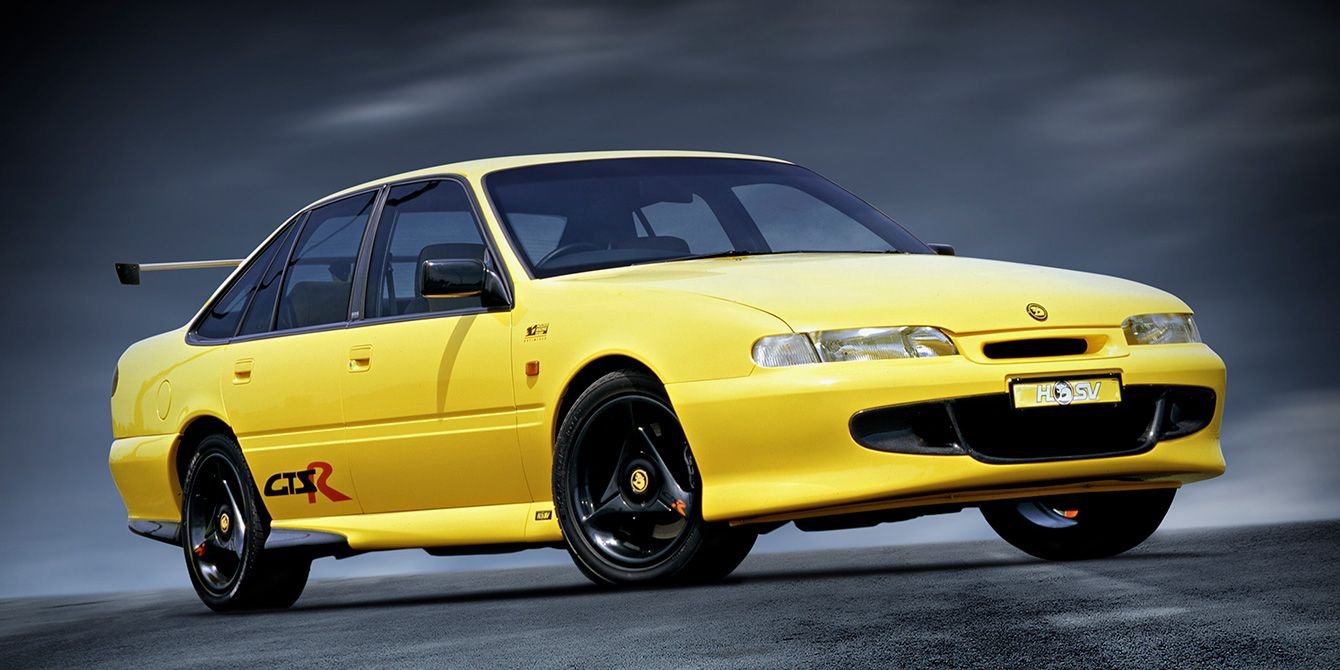
For VT, there was no extra power claimed for the blueprint process, although the an extra 10-15kW was often casually bandied about. The number of people who opted for this option in the VT is a mystery, but it’s believed to have been very few.
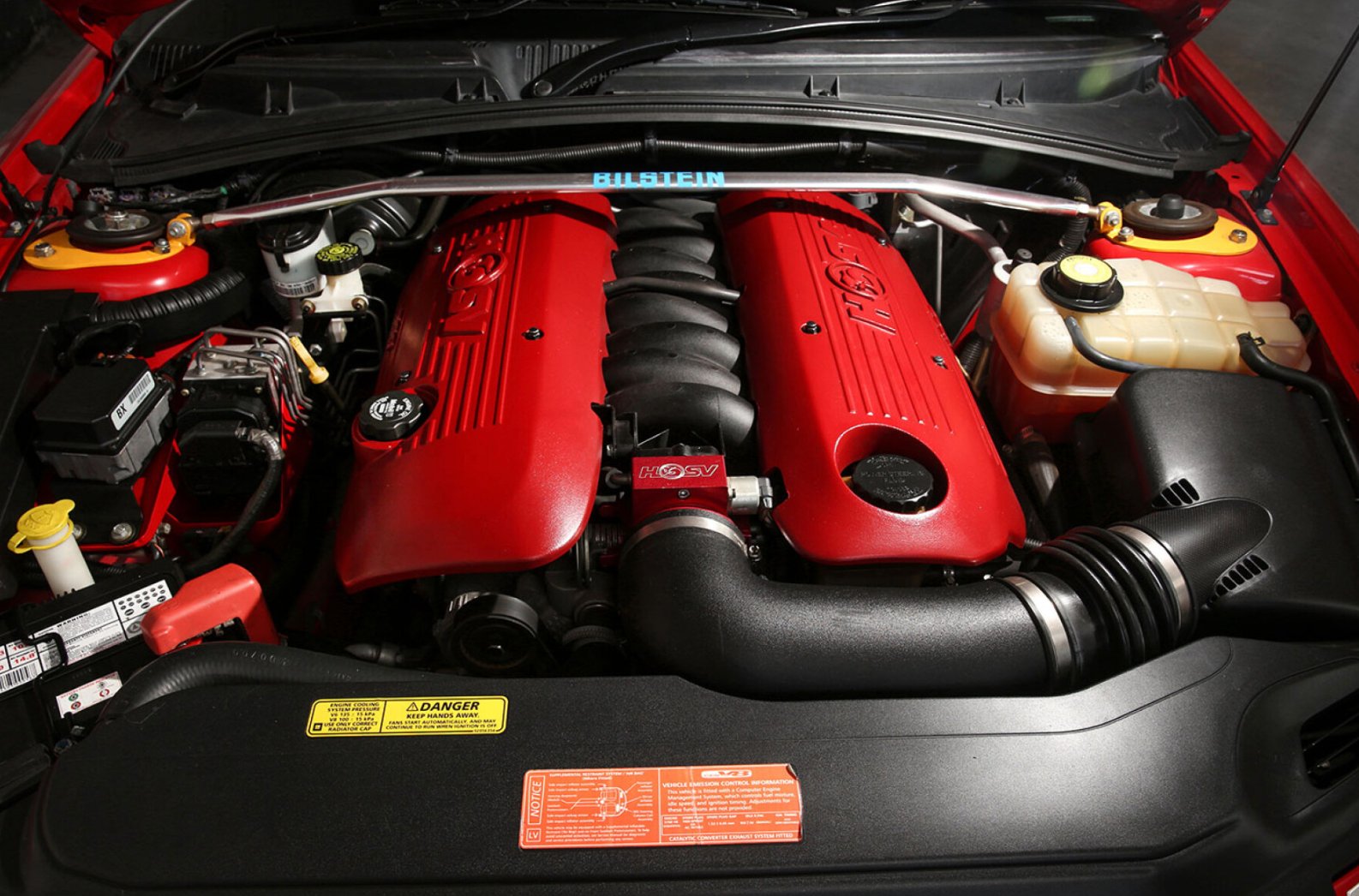
How the success of the HSV Clubsport ultimately spelt the end for the brand’s short-lived XU6, XU8, and Manta variants.
Elsewhere in HSV’s VT-based lineup the new XU6 used the supercharged Ecotec V6. For HSV, it was tagged 180i, representing its power (up 9kW from the Holden version). XU6 target buyers were people who enjoyed the sharper styling, interior appointments and handling of an HSV, but who worked for companies that had a ‘No V8s!’ policy. It made sense on paper but HSV’s V8-loving fans didn’t exactly knock the salesman down in the rush.
Marginally more popular were the new HSV XU8, and Manta variants powered by the 195i V8. But HSV had created an icon with its Clubsport variant back in 1990 and buyers voted with their wallets for the Clubbie’s grunt and street cred.
HSV’s VT Manta and XU8 were dropped from the lineup within two years, with a similar fate befalling the Senator Estate, of which just a half-dozen examples were said to have been built.
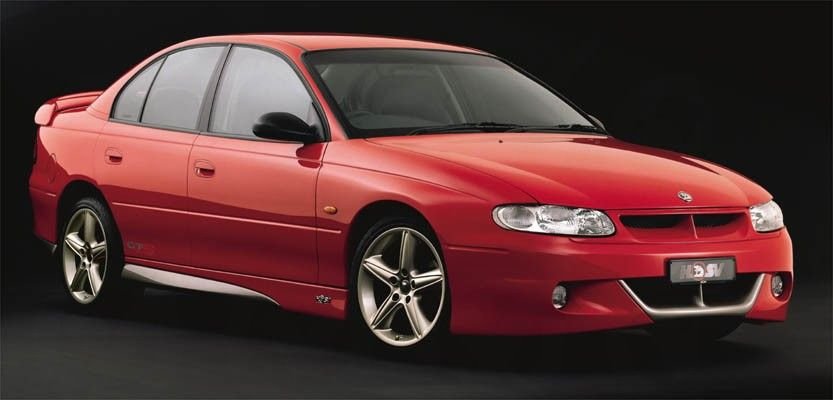
How big, bold brake packages from the likes of Harrop and PBR became a part of the HSV’s DNA.
Big, bold, brake packages had become part of HSV’s DNA since the brand first fitted bigger stoppers to the SV5000 of 1989. That trend continued with VT, where there were three available brake systems, maxing out with what became known as ‘Big Reds,’ thanks to their distinctive red-with-ribs appearance and 343mm front rotor. The hardware for HSV’s ‘Premium’ brake package was provided by Harrop Engineering, while the Performance brakes with their 329mm front rotors came from PBR, who also supplied the base 296mm system hardware that was shared with Holden’s police-spec cars. There were three HSV suspension systems too: Sports Performance and Luxury, depending on the model.
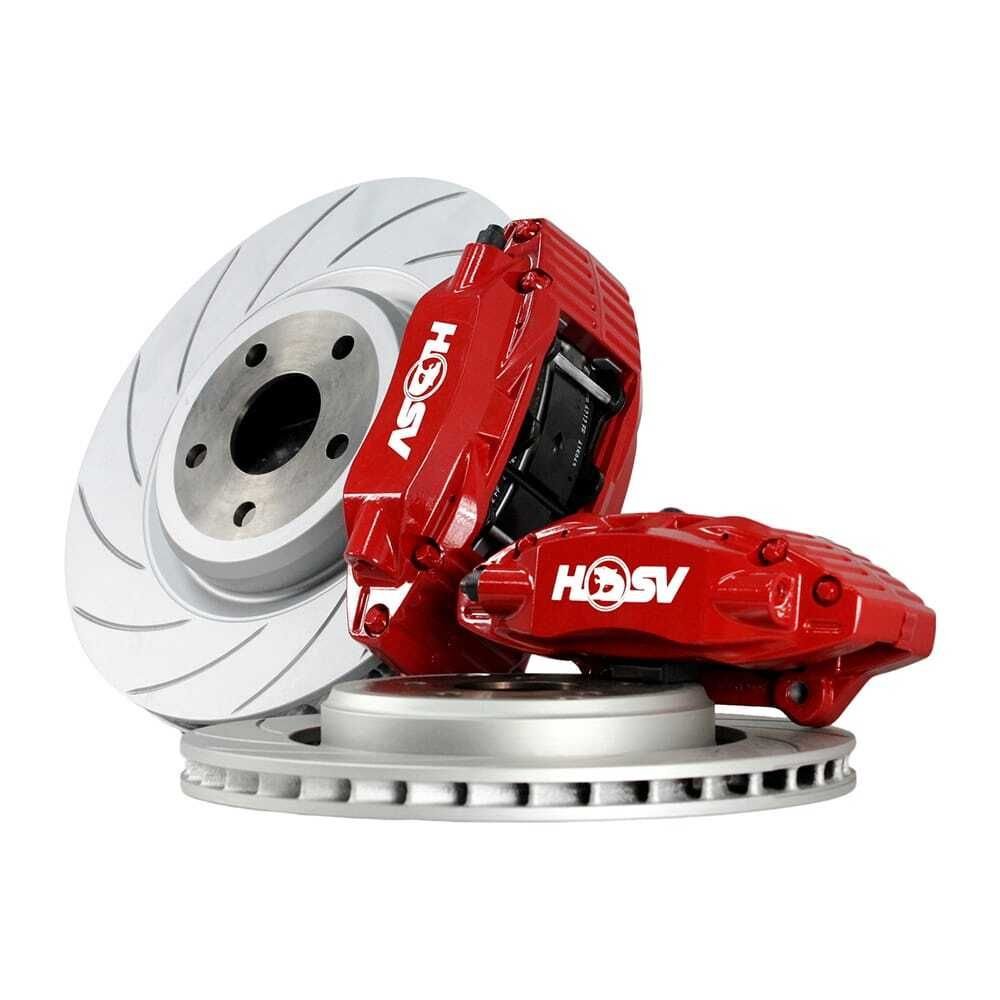
How HSV farewelled its Aussie-made iron-block V8s in favour of the imported Gen III V8.
Less than two years after the VT arrived, the two Australian-made Holden/HSV V8s – the iron block 5.0-litre and the stroker 5.7-litre – were replaced by the imported all-alloy 5.7-litre LS1 V8.
This new engine boasted 250kW in HSV guise and to mark its arrival – and compensate for the fact there was no GTS variant available – HSV launched the SV99 as a special edition. The 250kW engine was later joined by an even more powerful 300kW unit for the now manual-only GTS, re-establishing the ‘two tier’ performance engine range founded with the reveal of the 215kW 5.7-litre ‘stroker’ HSV engine in 1994.
Glenn Torrens

Get The Latest
Sign up for the latest in retro rides, from stories of restoration to community happenings.
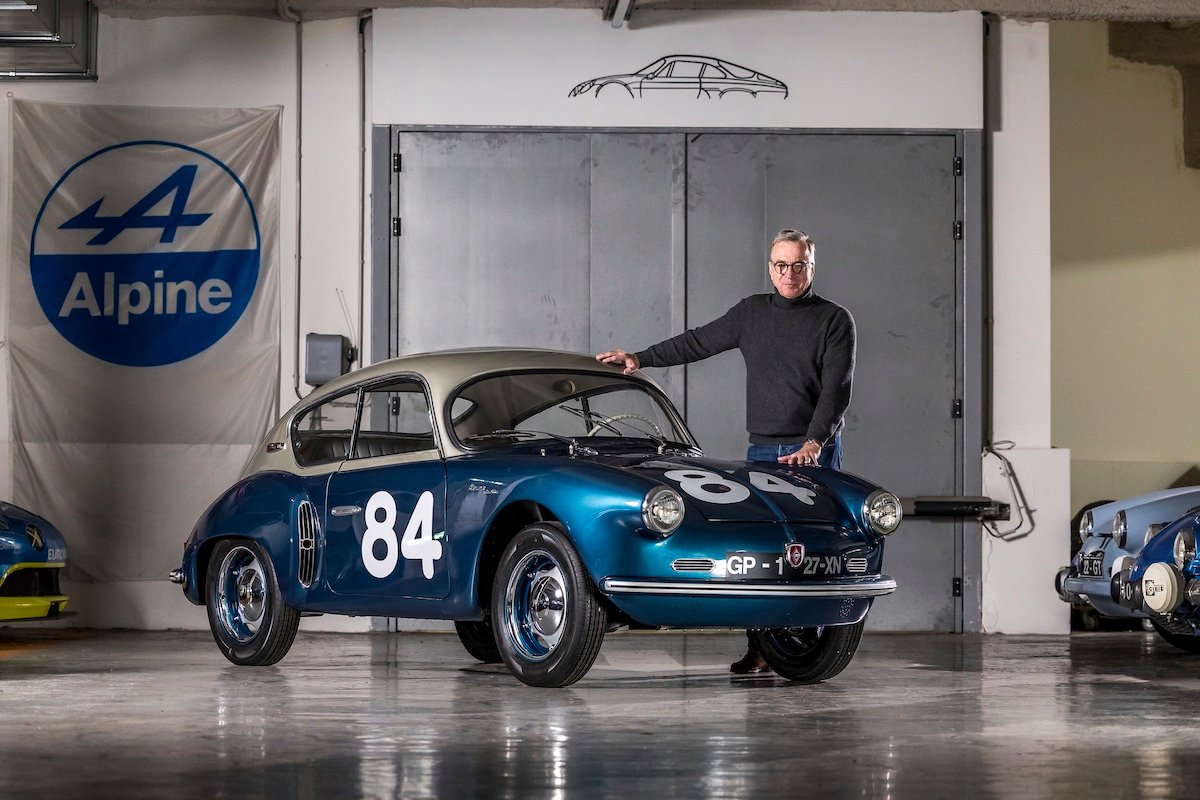

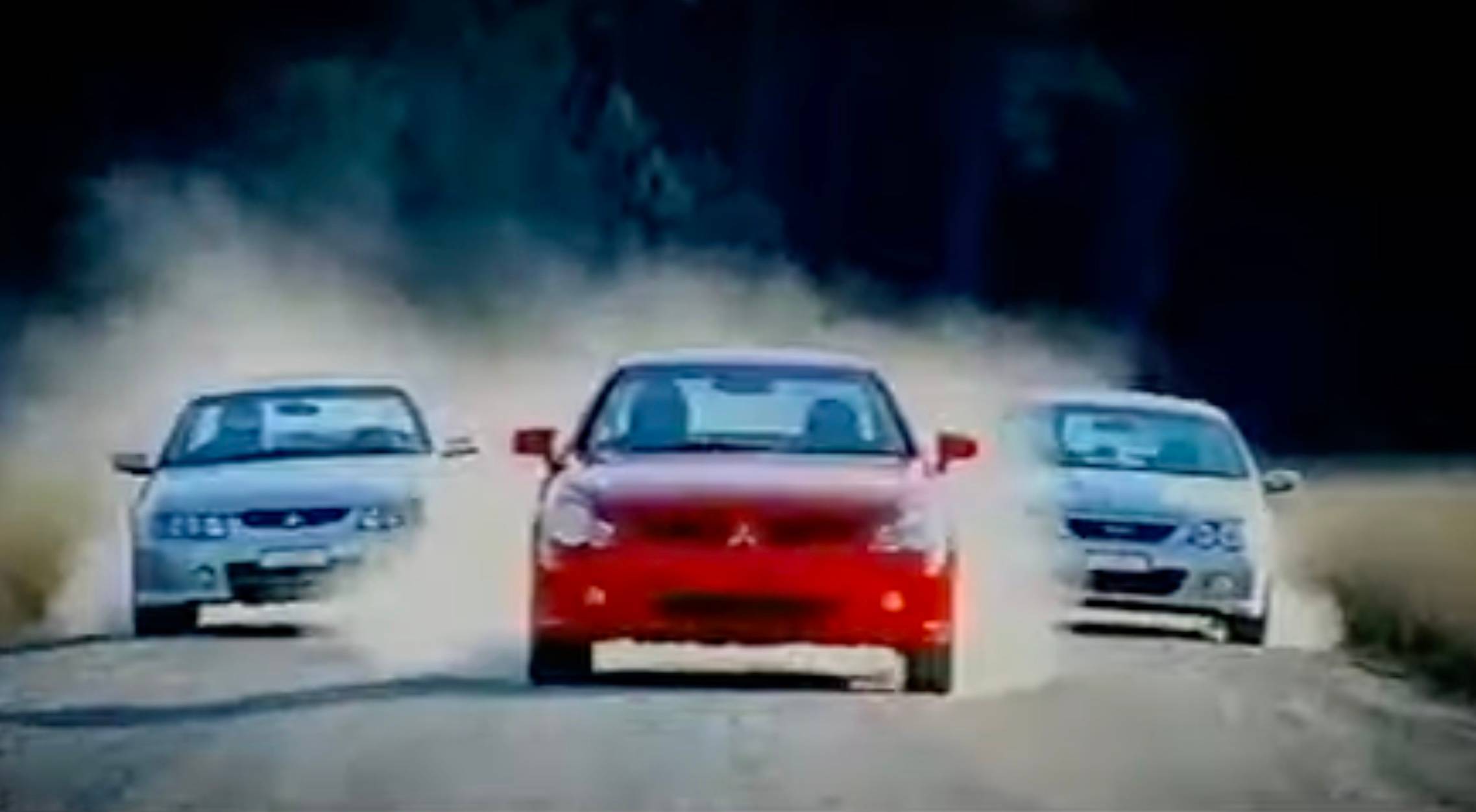
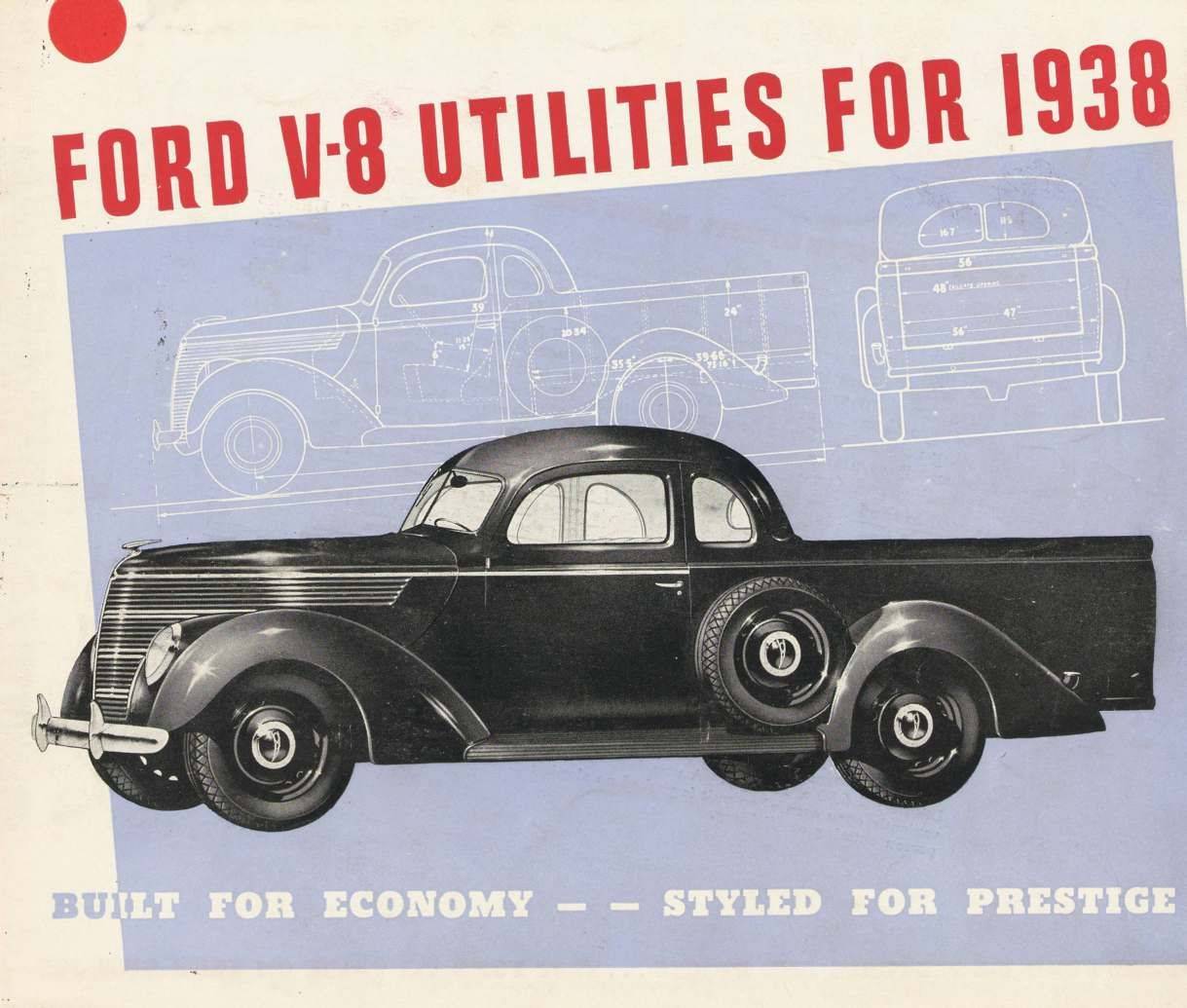
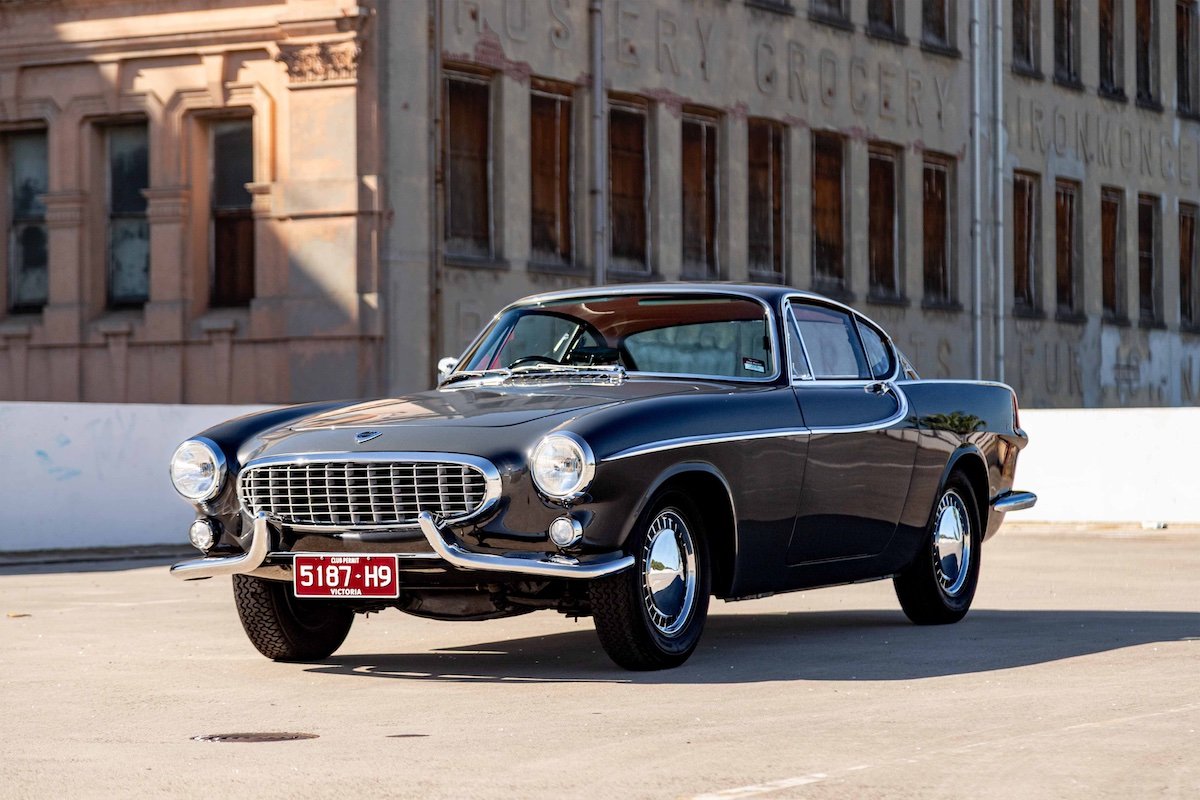
 '1972â73 1-1024x675.jpg)